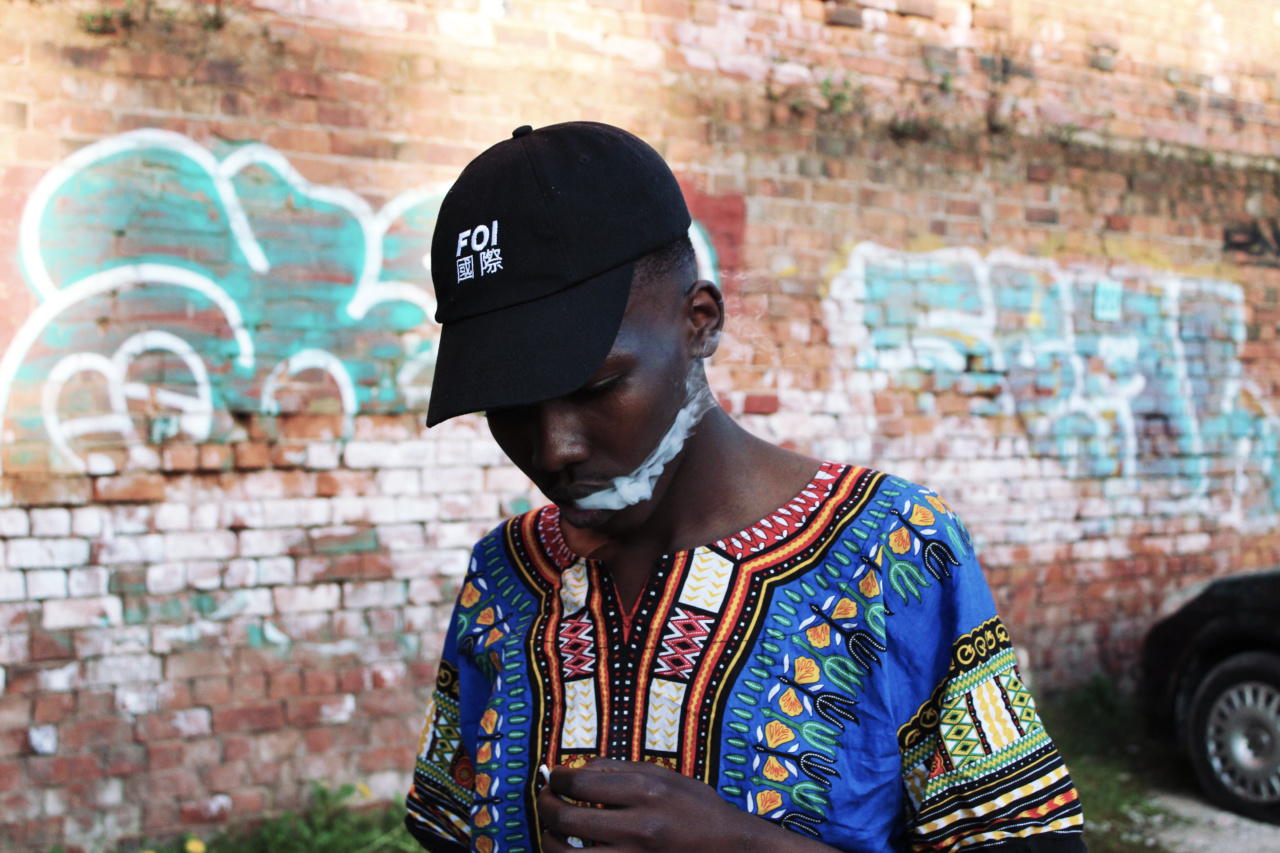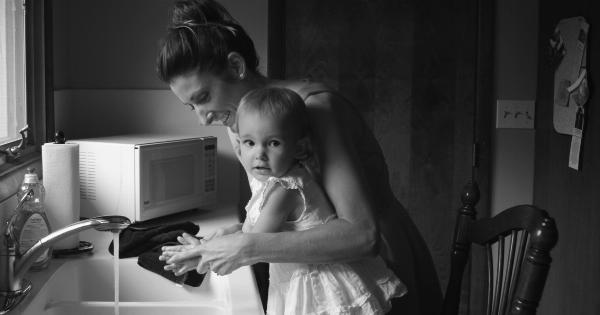Smoking has been known for years to be a detrimental habit, not only for the smoker but also for those around them. One group that is particularly vulnerable to the ill effects of secondhand smoke is children, especially those who have asthma.
Asthma is a chronic respiratory condition characterized by airway inflammation, difficulty breathing, and recurring episodes of wheezing, coughing, and shortness of breath. In this article, we will explore the connection between a mother’s smoking habits and its impact on the development and management of asthma in her child.
Understanding Asthma
Asthma is a common condition that affects millions of people worldwide, including children. It can be triggered by various factors such as allergens, pollutants, respiratory infections, and even emotional stress.
The airways of individuals with asthma become inflamed, making them more sensitive to certain triggers. This inflammation causes the airways to swell and produce excess mucus, leading to difficulty in breathing and other respiratory symptoms.
Secondhand Smoke and Asthma
Secondhand smoke, also known as passive smoking or environmental tobacco smoke, refers to the inhalation of smoke that comes from the burning end of a cigarette or from the exhaled smoke by a smoker.
When a child is exposed to secondhand smoke, it can significantly worsen their asthma symptoms and increase the risk of developing asthma in the first place. The harmful chemicals present in tobacco smoke irritate the airways and can trigger an asthma attack.
Effects of Prenatal Smoke Exposure
The negative impact of smoking on a child’s respiratory health can begin even before they are born. Prenatal smoke exposure occurs when a pregnant woman smokes or is exposed to secondhand smoke during her pregnancy.
Studies have shown that maternal smoking during pregnancy can lead to reduced lung function in the developing fetus, which in turn increases the risk of developing asthma later in life. The harmful chemicals from tobacco smoke can also cross the placenta and directly affect the baby’s respiratory system.
Childhood Asthma and Secondhand Smoke
Children with asthma who are exposed to secondhand smoke are more likely to experience more frequent and severe asthma attacks.
The chemicals in cigarette smoke irritate and inflame the airways, making them more sensitive to triggers such as allergens and respiratory infections. Additionally, exposure to secondhand smoke can hinder the effectiveness of asthma medications and make it harder for the child to control their symptoms. It increases the risk of hospitalization and emergency room visits for asthma-related issues.
Reducing Secondhand Smoke Exposure
The most effective way to protect children with asthma from the harmful effects of secondhand smoke is to create a smoke-free environment. Here are some measures that can be taken:.
1. Quit Smoking
If you are a smoking parent, quitting smoking is the best thing you can do for your child’s respiratory health. Seek support from healthcare professionals or enroll in smoking cessation programs to increase your chances of success.
Quitting smoking not only benefits your child but also improves your own health.
2. No Smoking Indoors
Make your home a smoke-free zone. Avoid smoking indoors, and encourage smokers to move outside. It is essential to remember that opening a window or using fans does not effectively remove the harmful smoke particles from the air.
3. Set Smoke-Free Rules
If you have visitors or family members who smoke, politely ask them to refrain from smoking near your child. Establish clear rules about smoking in your home and car to reduce exposure to secondhand smoke.
4. Educate the Child
Talk to your child about the dangers of smoking and secondhand smoke. Help them understand why it is crucial for them to avoid places where smoking is allowed.
Teaching them about their asthma triggers and how to manage their symptoms is equally important.
5. Seek Support
Join support groups or connect with other parents whose children have asthma. Sharing experiences and knowledge can be immensely helpful in managing your child’s condition.
Your healthcare provider can also guide you in developing an asthma action plan to better manage your child’s asthma symptoms.
Conclusion
It is evident that a mother’s smoking habits can have serious consequences for her child’s respiratory health, especially when they have asthma.
Secondhand smoke exposure can worsen asthma symptoms, increase the risk of asthma development, and reduce the effectiveness of treatment. Creating a smoke-free environment and seeking support to quit smoking are crucial steps towards protecting your child from the harmful effects of tobacco smoke.
By taking proactive measures, you can significantly improve their quality of life and reduce the burden of asthma on both you and your child.































